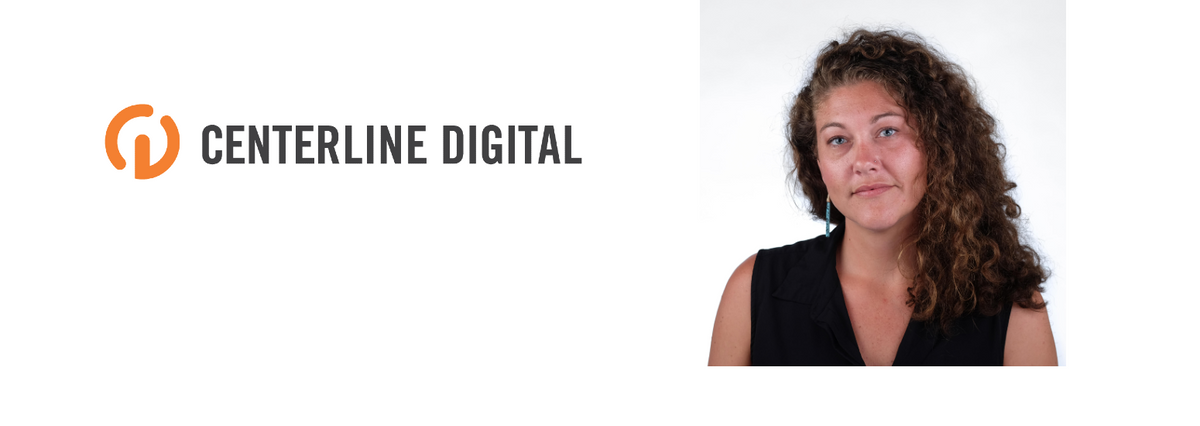Erin Craft, VP of content and creative at
Centerline Digitaltells us about why brands should activate user-driven content during the crisis, including the types of “brand advocates” that should be used for these campaigns and the steps marketers need to take to create a cohesive user-generated campaign.
Why should brands turn to their advocates to create user-generated content during these uncertain times?
Aggregating content from users is a good way for brands to stay connected to their loyalists by inviting them to participate. It also gives brand managers a direct line of sight into how people are personally interacting with and feeling about their brand.
How should brands choose which types of “brand advocates” – SMEs, influencers and employees – to create a cohesive user-generated campaign?
Choosing the right brand advocate is important and specific based on the goal you have for the content. If your goals are education and awareness, internal SMEs or industry thought leaders are excellent choices. For broad brand affinity, go with your external advocates and loyalists (brand champions). Especially in a time of crisis, having your employees and brand advocates sing your values is excellent for your brand value positioning.
What are some tips to using user-generated content to deliver an authentic, high-quality campaign?
Above all, a good user-generated campaign makes people want to share and get involved. Calls to action that balance motivation and ease of effort are key. An awareness campaign that’s collaborative and fun while raising awareness, like the ALS Ice Bucket Challenge from a few years back, is a great example of the kind of UGC campaign that sticks.
What mistakes do brand marketers commonly make when delivering a user-generated campaign? And, what are some best practices that marketers can use to steer clear of these mistakes?
The biggest mistake I see brands make around user-generated content is a lack of a narrative plan and an assumption that the audience will participate no matter what. Brands need to put themselves in their audience’s shoes and realise that for them to participate and generate the content you want out there representing your brand, the call to users needs to be authentic and not a clear marketing stunt.
How will user-generated content be affected once this crisis is over?
Even as things start to get back to normal and live video shoots become possible again, I think user-generated content will stick around. Audiences crave authenticity and what’s more authentic than content straight from your actual audience? Plus, the cost-effectiveness makes user-generated campaigns attractive beyond just a crisis situation.








